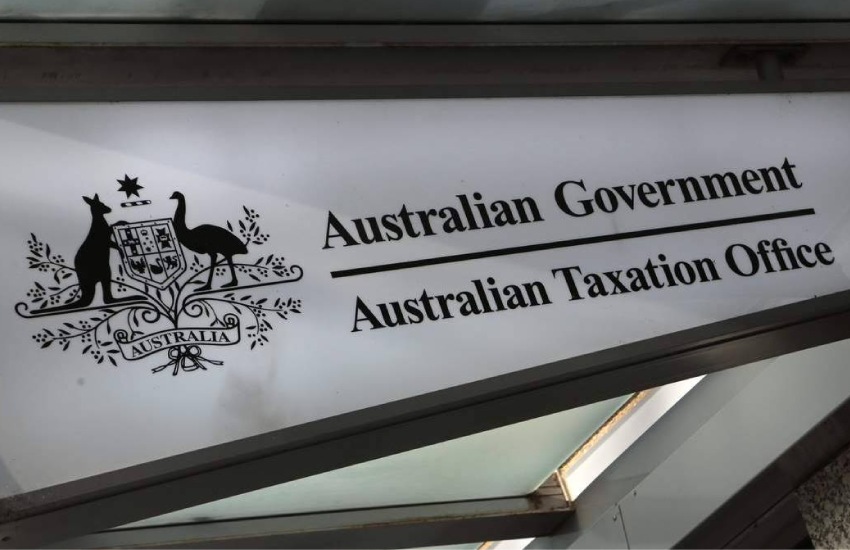An update posted on the ATO website on Friday revealed that following the recent passage of the Treasury Laws Amendment (2018 Superannuation Measures No. 1) Bill 2019 through Parliament, individuals would be able to apply for contribution exemptions from 16 October.
“Individuals with more than one employer, who expect their employers’ compulsory super contributions will exceed their annual concessional contributions cap for a financial year, will be able to apply for an exemption certificate to release some of their employers from their SG obligations,” the ATO said.
You’re out of free articles for this month
“Individuals will still need to receive SG payments from at least one employer.”
To apply for the exemption, trustees would need to submit the relevant form 60 days before the start of the next quarter. However, given the laws had only been passed recently, the deadline would be extended for the January quarter, the ATO said.
“The Commissioner of Taxation has extended the lodgement period for the quarter commencing 1 January 2020 only, and will accept applications lodged on or before 18 November 2019,” the office stated.
“The application form provides the commissioner with the information required to make an assessment, including which employers the exemption certificate will apply to [and] the quarters in the financial year for which the exemption is sought.”
The new rules will give high-income earners, such as doctors, the flexibility to ensure they do not breach the concessional cap through having multiple employers. However, SMSF members affected will need to consider alternative arrangements to ensure they are not shortchanged in their contributions, according to Heffron SMSF Solutions managing director Meg Heffron.
“The certificate process is completely silent on whether the individual and their employer have negotiated some form of alternative compensation for the loss of the superannuation contributions,” Ms Heffron said in a recent blog post.
“This is left entirely to the two parties to resolve themselves and may sometimes mean it is better not to use the new rules. For example, an individual who is unable to reach an agreement with their employer to provide additional wages in lieu of compulsory contributions may choose not to apply for the notice.”
Ms Heffron suggested a number of contribution options to ensure affected trustees were still maximising their concessional contributions, including negotiating a mix of contributions and additional salary from their exempt employer, or asking for additional salary sacrifice contributions from the employer that was still paying SG contributions.
“As with any negotiations around salary and superannuation, both parties would need to carefully consider the impact of their chosen arrangement on other benefits that are linked to salary,” she said.

 Login
Login






